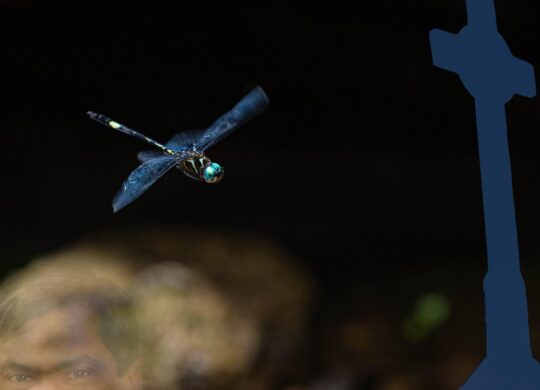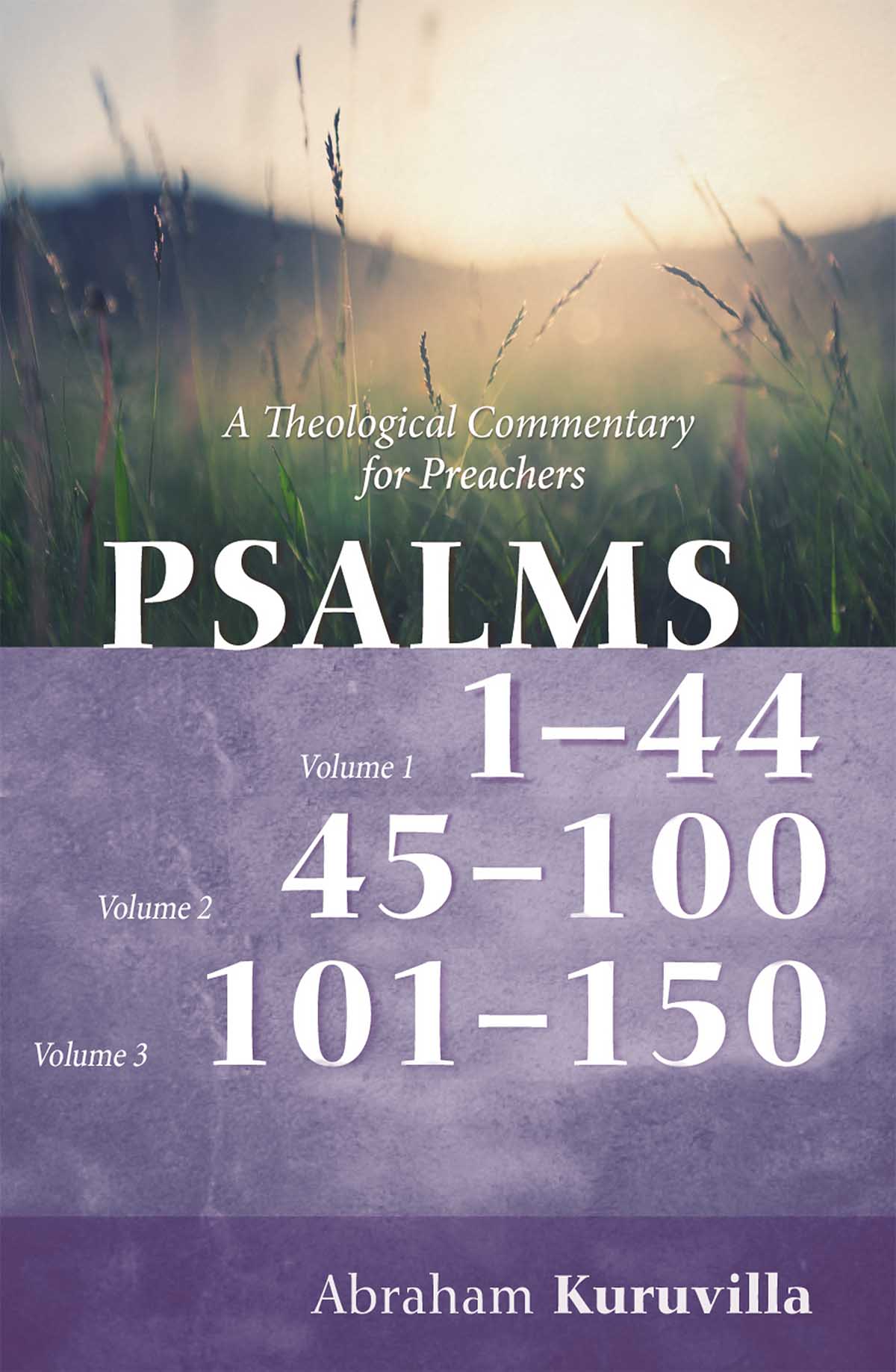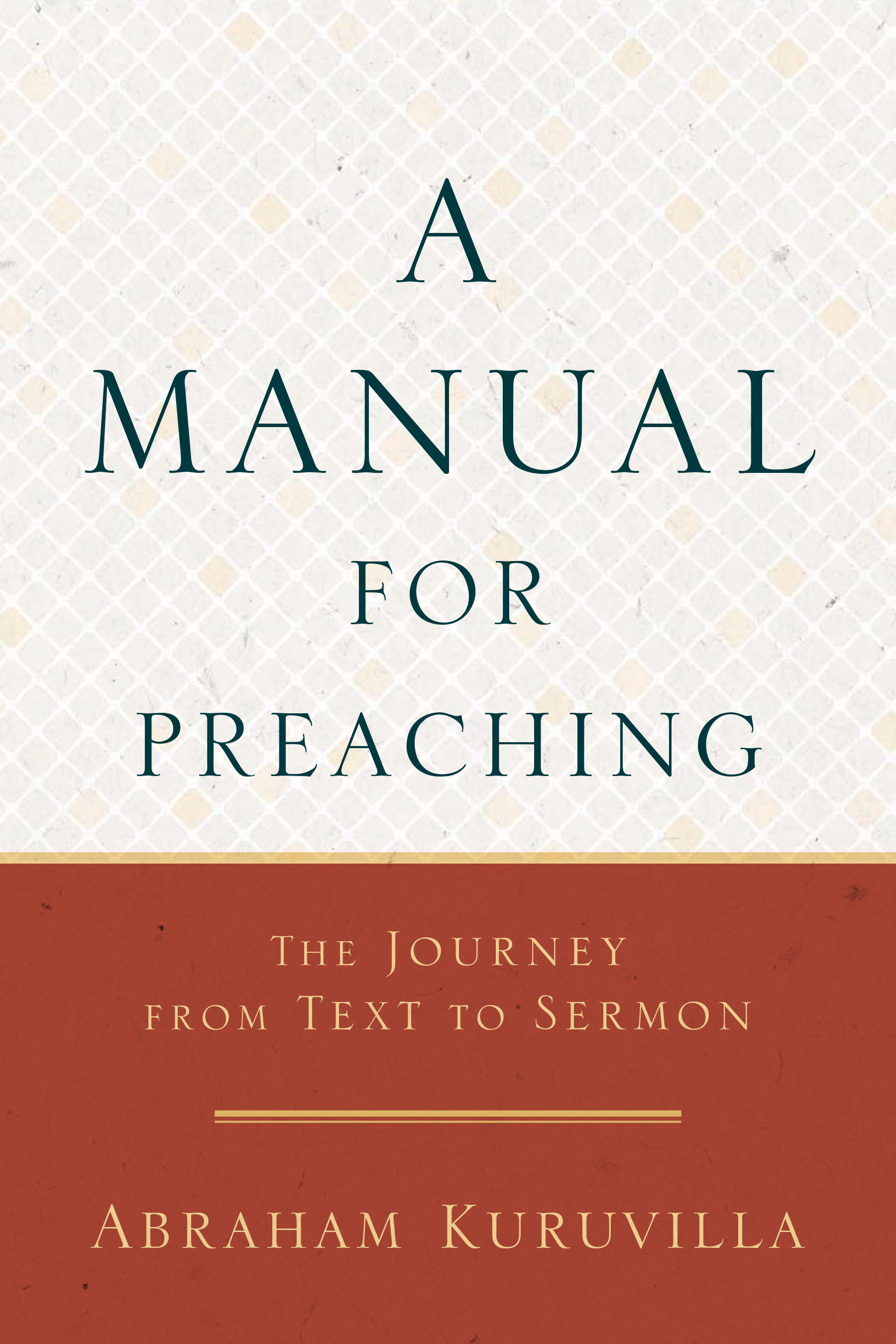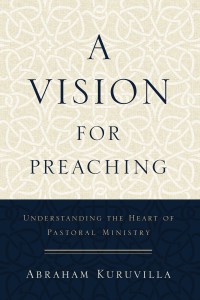Light?

“Like a moth to a flame,” we all say, comparing something to these insects drawn to light . But we all are all wrong, apparently.
So say researchers from Imperial College London, Florida International University, and University of Florida, in “Why Flying Insects Gather at Artificial Light,” published in Nature Communications last month.
Past theories on why many insects erratically fly around light sources have included the idea that they are drawn to heat and that the creatures—particularly those that ancestrally lived in caves and holes in trees—believe the light source is an escape to the outside.
On the contrary, it seems that these insects are actually trapped in a disorienting orbit around the artificial light. Employing motion-capture cameras and filming with infrared illumination so as not to disrupt the creatures’ vision, scientists showed that when the insects flew around a light source, they were, in fact, tilting their backs toward the light and keeping their bodies oriented that way—a “dorsal light response.” They are intuitively keeping their backs pointed toward whatever direction is brightest.
Typically, the brightest object is in the sky (the moon, at night), and not on the ground, and so this orientation keeps them flying properly—they know what’s up and what’s down during their nocturnal outings. But our human light sources disorient these hapless critters, sending them into odd orbits and causing them to engage in weird steering patterns.
Lead author, Dr. Sam Fabian:
Insects in the air don’t inherently know which way is up, they don’t have a very good way of measuring that. … It’s assuming the light is the direction of up, but it’s wrong, when there is artificial lighting. And if you tilt, that’s going to create sort of weird steering patterns, in the same way that if you were riding a bike and you tilt over to one side, you’re going to get to steer in a big circle, it’s all going to go a bit funky.”
The study team compiled hundreds of slow-motion videos capturing the behaviors of butterflies, moths, bees, wasps, dragonflies and damselflies. Consistently, the overwhelming majority of study subjects tilted their backs toward the light, even if doing so prevented sustained flight. All in all their flight paths only seem to produce the illusion that they are flying straight at or into an artificial light source like porchlights or streetlamps.
Gaining a better understanding of the impact of artificial light on these winged creatures is crucial as light pollution plays an increasing role in the decline of global insect populations, the researchers wrote. Critical, especially in light of the fact that the world has experienced a widespread “loss of the night”—scientists have found that light pollution rose at a rate of 2.2% a year.
So the authors recommend:
… reducing unnecessary, unshielded, upward-facing lights and ground reflections can mitigate the impact on flying insects at night, when skylight cannot compete with artificial sources.”
The psalmist has a better recommendation for us moths-on-two-legs for following the Light:
For You, indeed, light my lamp, Yahweh;
my God brightens my darkness. …
The [only] God—His path is blameless ….
For who is God, except Yahweh?
Psalm 18:28, 30–31
Yahweh is my light and my deliverance—whom shall I fear?
Psalm 27:1
For with You is the fountain of life; in Your light we see light.
Psalm 36:9
Send out Your light and Your truth, let them lead me;
let them bring me to Your holy mountain and to Your abodes.
Psalm 43:3
SOURCE: CNN; Nature Communications











 Abe Kuruvilla is the Carl E. Bates Professor of Christian Preaching at The Southern Baptist Theological Seminary (Louisville, KY), and a dermatologist in private practice. His passion is to explore, explain, and exemplify preaching.
Abe Kuruvilla is the Carl E. Bates Professor of Christian Preaching at The Southern Baptist Theological Seminary (Louisville, KY), and a dermatologist in private practice. His passion is to explore, explain, and exemplify preaching.